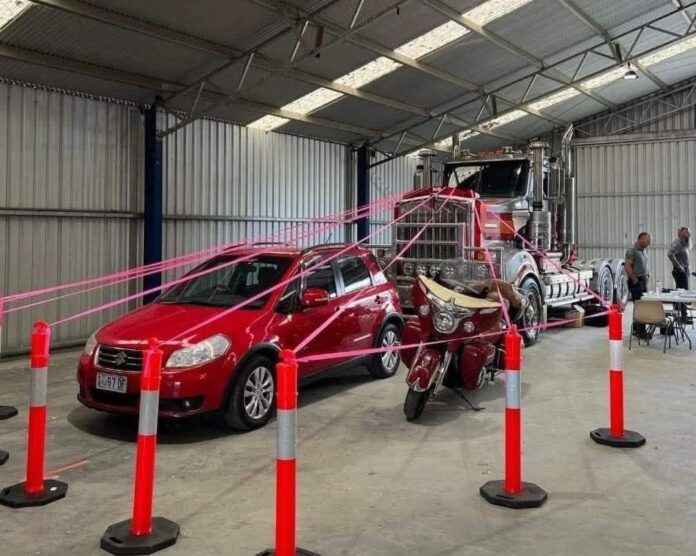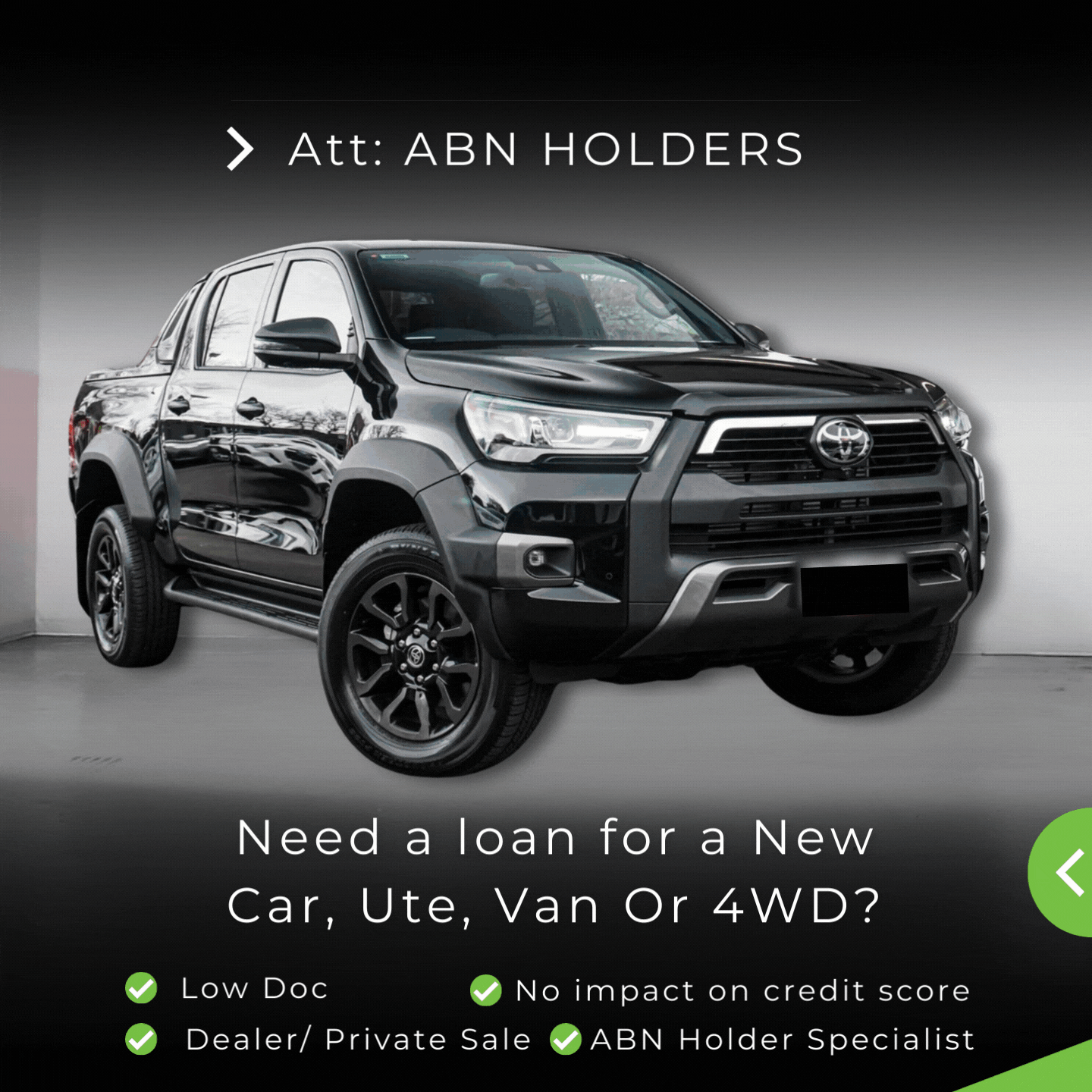Trucks are the backbone of Australia’s transport industry, but they also come with a major issue—blind spots. A recent viral image on Reddit has reignited the debate, showing just how large a truck’s blind spot can be. The picture, depicting a long-nose truck with an entire car and motorcycle hidden from the driver’s view, has left many wondering: are trucks really that blind, and if so, why isn’t more being done to fix it?
How Big Are Truck Blind Spots?
If you’ve ever driven near a truck and felt invisible, you’re not imagining things. Large trucks have significant blind spots on all sides, particularly at the front and sides. The problem is worse with long-nose trucks, which have much bigger front blind spots compared to cab-over designs (the flat-faced trucks more common in Europe).
Many drivers assume that truckies have the best view of the road due to their high seating position, but in reality, they rely heavily on mirrors and experience. One Reddit user pointed out, “The drivers are concentrating on what’s in front, to the left, to the right, and might glance at a camera every five seconds. That’s enough time for something to move into a blind spot.” That’s a serious problem when a truck is rolling at 100km/h on a freeway.
Why Don’t Trucks Have Better Technology?
One of the biggest frustrations among road users is the lack of modern technology to eliminate blind spots. Many high-end cars come equipped with 360-degree cameras, blind-spot monitoring, and even pedestrian detection. Yet, large trucks—which have the most dangerous blind spots—lag behind in safety tech.
Some cities, like London, have introduced laws requiring trucks to meet specific visibility standards, including extra glass panels in doors and audible pedestrian warnings. So why isn’t Australia enforcing similar rules? According to truck drivers in the discussion, the answer comes down to cost and industry reluctance.
One user argued, “We’ve tried nothing, and we’re all out of ideas,” referring to the lack of action in addressing blind spot issues. Meanwhile, another pointed out that some trucks already have cameras but drivers don’t always have time to check them frequently.
Are Truck Drivers to Blame?
The conversation also took a turn towards driver behaviour. Some users argued that professional truck drivers are generally safe and experienced, while others accused them of reckless driving, especially tailgating.
A frequent complaint among highway drivers is how close some trucks follow behind, even at high speeds. “They tailgate me so close when I’m doing 110 on the freeway,” one user wrote. However, truck drivers defended the practice, explaining that they close gaps at lights to prevent smaller cars from sneaking in—a common cause of accidents when traffic starts moving again.
Additionally, many pointed out that truck drivers face enormous pressure to meet delivery schedules. One user shared, “Dirt haulers are the worst. They’re under huge time pressure to complete as many trips as possible, so they take risks.” Another countered, “It’s not the company pushing them—it’s the drivers wanting more money per trip.”
Possible Solutions: Is Change Coming?
So, what’s the fix? Some users called for a complete shift to cab-over trucks, which have significantly smaller front blind spots. Others believe all trucks should be required to have mandatory front-facing cameras and blind-spot detection systems.
While technology is one solution, awareness is another. Many truck drivers believe car drivers need better education about blind spots and safe driving around trucks. One truckie suggested, “Learner drivers should be shown truck blind spots as part of their training. Most people don’t understand how invisible they can be.”
Meanwhile, some are calling for a return to rail freight to reduce the number of large trucks on highways. One user pointed out, “Freight should be on trains. The massive weight of trucks ruins our roads.” However, others were quick to remind them that rail freight still requires trucks for final delivery.
Final Thoughts: A Two-Way Responsibility
Blind spots in trucks are a serious issue, and while technology can help, awareness and shared road responsibility are just as crucial. Truck drivers need better tools to see their surroundings, but car drivers also need to respect blind spots and avoid risky behaviour near heavy vehicles.
At the end of the day, both truck drivers and everyday motorists want to get home safely. Whether it’s better truck designs, stricter regulations, or smarter driving from all road users, one thing is clear—something needs to change. Until then, if you can’t see the truck driver, they probably can’t see you either.





